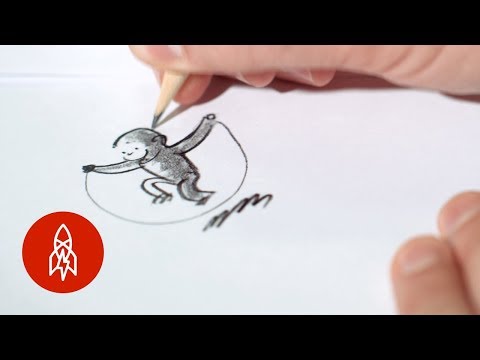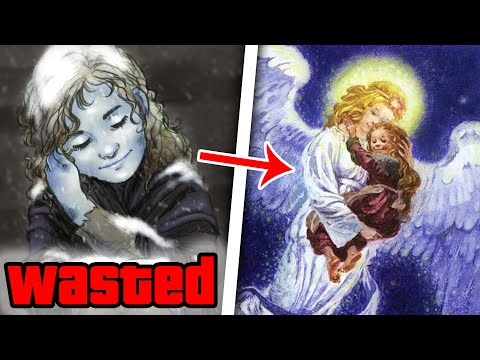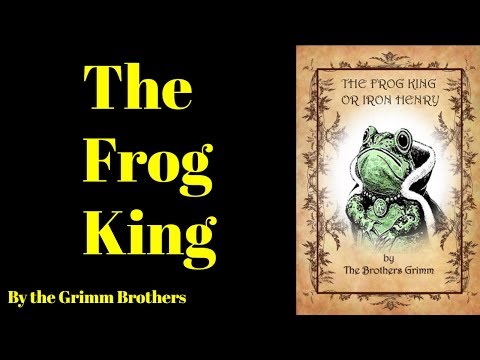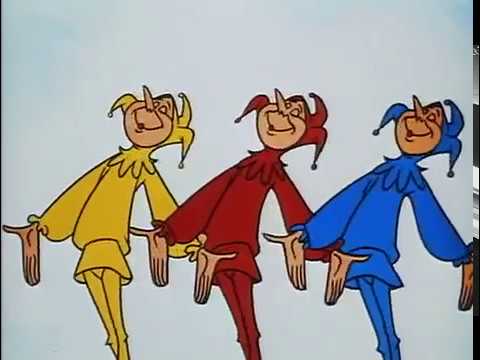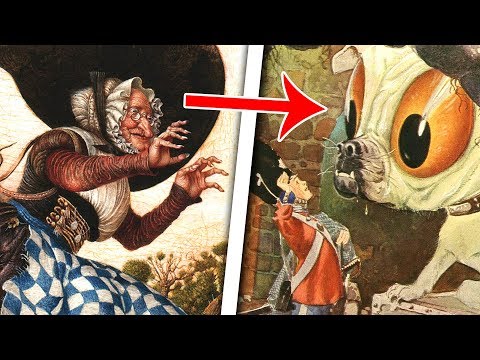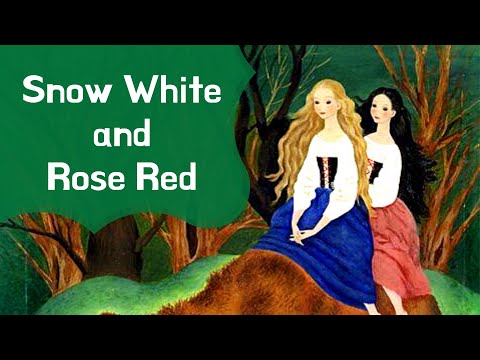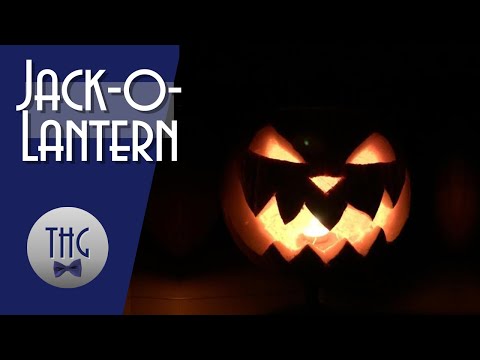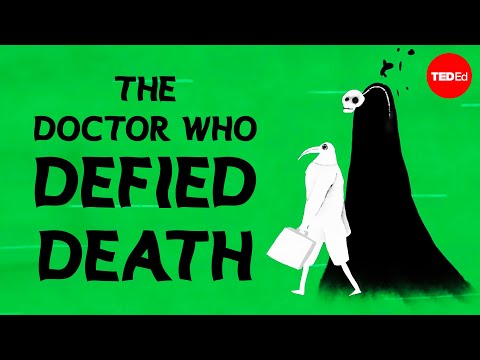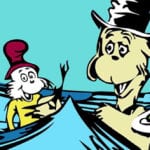Not all fairytales are what they seem at first glance. Here are ten children’s tales with backstories and hidden meanings that are much more sinister than you might realize.
10 Curious George
Ask any child about Curious George, and they’ll probably know about this story. These books follow the adventures of a curious young monkey and his owner, the Man in the Yellow Hat. But, behind George’s antics are a rather dark double meaning. You see, Curious George’s authors Hans Augusto and Margaret Rey (Reyersbach) were, in fact, German Jews. But they weren’t just any German Jews. The Reys lived during the Nazi terrorist reign of Germany before World War II. Watch this video on YouTube While working in Rio de Janeiro, Hans met Margaret, who had fled Germany in the face of rising Nazi oppression. They married and went on a honeymoon in Paris. There, they decided to remain, relocating to the south of France. They began writing children’s stories, focused on a curious monkey they named Fifi. Then Hitler’s troops invaded France. Because they were German and Jewish, Margaret and her husband were in double danger. To their friends and neighbors in Southern France, they were suspects because of their German blood. But, because they were Jews, they were also on the run from the German Nazi regime. When they wrote the Curious George books, they were actually sharing a glimpse of their story through George’s eyes. Luckily, thanks to an anonymous tip about an upcoming invasion, the authors managed to escape. They made their way to Lisbon, Spain, before returning to Rio. Then, they traveled to New York, later becoming U.S. citizens. Their quick brushes with danger and narrow escapes inspired them to continue to write the Curious George stories and cast a playful light on being on the run. In the end, they actually used their drawings to charm authorities, who helped them escape from danger numerous times![1]
9 The Little Match Girl
The Little Match Girl may be a fairytale, but despite its sweet exterior, this is far from something to read to your kids at night. The Little Match Girl tells the story of poverty during the 1840s. As the story goes, a little girl had to sell matches, so her father would not beat her. Every time she lit a match, she felt warmth, optimism, and hope. At the end of the story, the little girl ends up dying out in the cold. But the story paints it as a sweet ending for the brave little girl. In reality, the story talked about the real-life encounter of Hans Cristian Andersson with a young girl selling matches on the street. During the Industrial Revolution in Europe, poverty ran high. Like many children, the little girl was forced to go out into the harsh winter to help her family put bread on the table. While the story may seem sweet and whimsical today, what it really talks about is the dark, harsh reality of living during the 1800s in dirty, cold, industrial Europe.[2]
8 “The Frog King”
“The Frog King” is one of those famous fairytales about a princess turning an ugly frog into a handsome prince. In the story, a spoiled princess befriends the Frog King in return for a favor he did for her. Although she doesn’t want to, she eventually comes to love the poor frog, who finally turns into a handsome prince. Now, while this might seem like a cut-and-dry story, the author actually had some ideas that really weren’t very child friendly. In fact, the author intended the story to portray an individual’s awakening of their sexuality. The frog in the story represents fertility, and the story represents how someone transitions from being an innocent child to a sexually mature human. Suddenly, “The Frog King” doesn’t seem so innocent at all. Instead, it was a sexually-charged story written by an author as a sly way to talk about the destruction of innocence.[3]
7 Mother Goose
Mother Goose is a fabled old woman who spins simple yet entertaining nursery rhymes, but in reality, Mother Goose’s lessons are all about taxation. The writer of Mother Goose did an excellent job of masking political and social issues with witty one-liners. For instance, Mother Goose sings about “Three Blind Mice,” “Mary Mary, Quite Contrary,” and other cute rhymes. But the majority of her tunes were teaching lessons about the harsh realities of life. Take taxation, for instance. Remember “Baa Baa Black Sheep”? It’s about paying taxes and how unfair the people thought they were. These rhymes were meant to be a cry for revolution and a subtle way to educate people about the injustice of heavy levies, such as the Wool Tax of 1275. Farmers had to pay the tax in wool: one-third to the king (the master) and one-third to the local nobleman (the Dame). The remaining third was left to the farmer himself, who is that little boy in the rhyme.[4]
6 “The Tinder Box”
Long before Aladdin swooped in on his magic carpet, Hans Cristian Andersen had already written a similar story called “The Tinder Box.” When Andersen published the tale in 1835, it spoke of social restrictions and a distinct line between social classes. “The Tinder Box” tells everyone how someone could do whatever it takes to become rich, regardless of the situation. It also talks about the harsh realities of poverty and how anyone desperate could quickly turn to magic. Andersen wanted to show the huge disparity between the upper and lower classes during his time and to bring to light the true struggles of those who were born without money.[5]
5 Peter Rabbit
Peter Rabbit, written by Beatrix Potter 150 years ago, features dark horrors surrounding the world and recalls the Darwinian struggle. From the opening page, the fairy tale starts with a frightful warning. Peter Rabbit was Potter’s way of rebelling against her middle-class family and their bourgeois morals and values. The choice of animals was also based on politics, domestic life, gender roles, and economics. So while you might think the fairy tale is a nice life lesson about listening to your mother, it’s actually the author’s way of rebelling against her family. Her goal with the book was to shun the rich life her family led and to challenge gender roles and politics during the time of her writing.[6]
4 “The Devil with the Three Golden Hairs”
“The Devil with the Three Golden Hairs” is another dark fairy tale with underlying symbolism and interpretations. When the Grimm Brothers published this fairy tale in 1812, they wanted to portray how a man transitions from puberty to adulthood. The king from the story symbolizes the real world, and it’s full of wickedness and selfishness to lead and rule. This fairy tale also helps children deal with parental jealousy, portrayed when the king wanted to kill the protagonist out of his fear of being replaced in his daughter’s heart. Watch this video on YouTube The forest where the boy got lost represents adulthood. He meets the robbers and the old woman who served as his parental figures, showing how growing up can be confusing. Finally, the boy marrying the princess means his preparedness to become an adult. The boy’s quest to get the devil’s golden hair symbolizes his search for maturity, while the devil refers to boyhood’s fears. The entire plot may or may not have been the Grimm brothers’ own struggle with puberty. That much is still up to speculation.[7]
3 Snow White and Rose Red
Snow White and Rose Red is another fascinating fairy tale by the Grimm brothers published in 1833. If you think that this story is about Snow White and seven dwarves, however, you’ve got to think again. This story is completely different. The Grimm brothers were used to creating fairy tales with sibling rivalries, but they all differed from this. It tells the story of two sisters, Snow White and Rose Red, and how they got their happy endings. What’s interesting about this story is that both girls, although they wind up happy, suffer tragedy along the way to achieving that happiness. And although most people tend to focus on the happy endings, what the Grimm brothers really wanted to discuss was the tragedy. They wanted to show that you can never be completely happy and that no matter how happy life may be, there is always some element of sorrow. Perhaps they were right, or perhaps not. Either way, this tale has now been much forgotten and replaced with the far happier story of Snow White and the Seven Dwarves![8]
2 Jack-O’-Lantern
The jack-o’-lantern is an iconic symbol during the Halloween season. During trick-or-treat, children often carry their versions of Jack’s face carved on pumpkin heads. But behind its thrilling appearance, the jack-o’-lantern came from an Irish myth released in 1835. The story talks about a man named Stingy Jack, a petty individual who tricked a demon so as not to go to hell. But, because Jack was banned from both heaven and hell, all he could do was wander on Earth with only burning coal lighting his way. Jack placed the burning coal inside a carved-out turnip and has been wandering around Earth. The Irish called him “Jack of the Lantern” or “Jack-o’-lantern.” Although carving pumpkins has now become a cutesy activity for kids at Halloween, back in the day, Irish folk believed they were resemblances of Stingy Jack. They would carve these lanterns to scare away evil spirits and protect their families.[9]
1 “Godfather Death”
“Godfather Death” might be known as a fairy tale piece, but it’s actually an anti-fairy tale. There’s no happy ending, the protagonist does not meet the love of his life, and he does not become successful. “Godfather Death” talks about the consequences of becoming addicted to harmful vices, especially when a person chooses them over virtue. This classic piece by the Grimm brothers was published in 1812. It tells us that no one can escape death, and it’s always around us. Regardless of your social standing or wealth, you can never cheat dying. It serves as a warning to children to scare them and keep them from becoming rebellious and leaving home. Aside from death, “Godfather Death” also teaches us about the harsh truths of justice and inequality in the world, even today.[10] Watch this video on YouTube
